Plenary speakers
Denis Bartolo (LPENSL, Lyon)
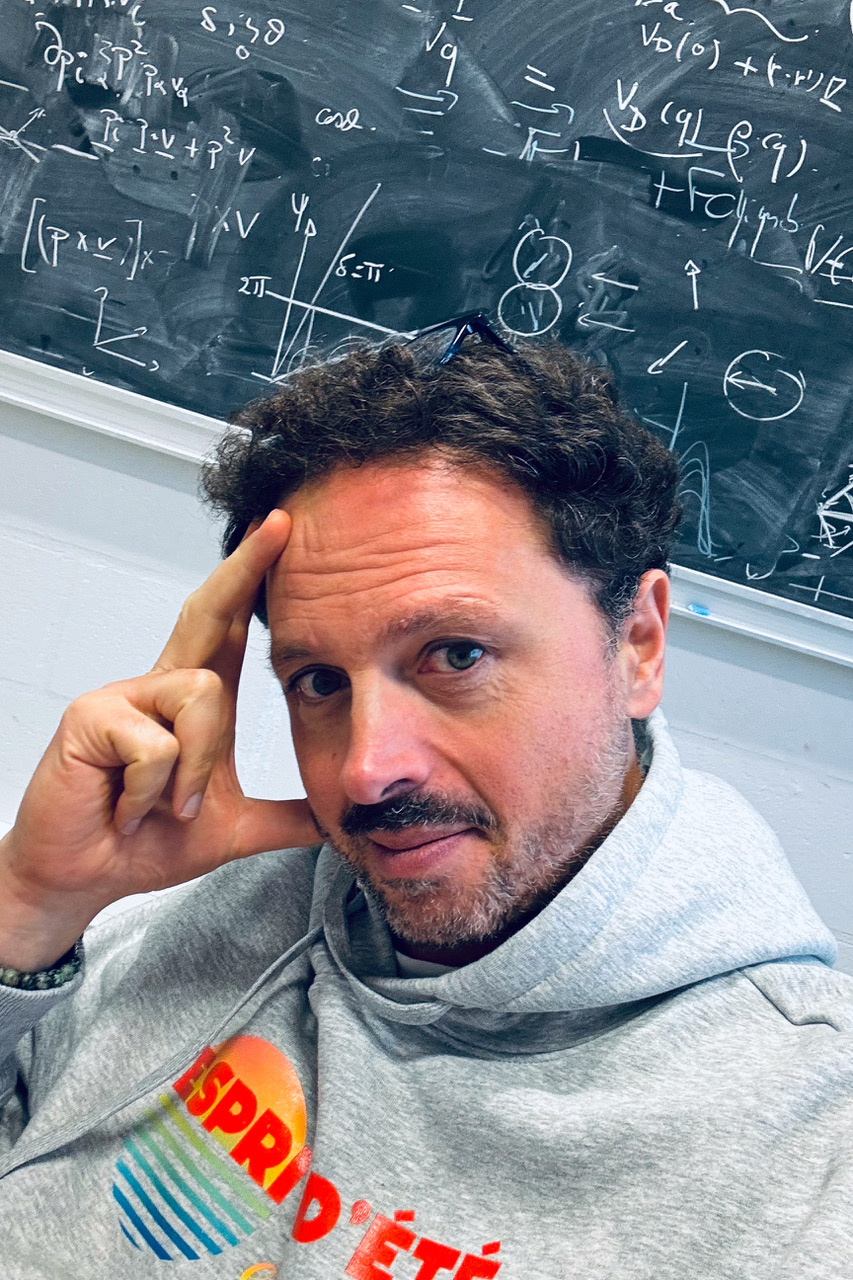 |
Denis Bartolo is a professor at the Ecole Normale Supérieure in Lyon, where he combines experiments and theory to study the physics of soft matter. For the past ten years, he has specialized in the study of active matter. With his team, he has introduced a predictive description of human crowd flows, and created the first synthetic active fluids whose basic units propel themselves by obeying the same symmetries as animal swarms (flocking). With his colleagues at the University of Chicago, he also demonstrated how solids composed of active units can exhibit viscosity and odd elasticity that defy our intuition. Beyond active matter, he has made pioneering and essential contributions in a wide spectrum of fields, from the physics of wetting to that of frustrated phases. The originality of his work places him at the forefront of international research in soft matter physics. He was appointed Membre de l'Institut Universitaire de France in 2012, is a Fellow of the American Physical Society, and has been awarded an ERC Advanced Grant in 2021. He is also Lead Editor of the prestigious journal Physical Review X.
|
Christopher Bäuerle (Institut Néel, Grenoble)
 |
Christopher BÄUERLE is Research Director at the NEEL Institute – CNRS, Grenoble. He received his B.S degree in 1990 from the University of Karlsruhe, Germany, his M.S. degree in 1992 from the University of Massachusetts, Amherst, USA and his PhD degree in 1996 from the University Joseph Fourier, Grenoble, France. After working for two years at the University of Tsukuba and the University of Tokyo, he joined the NEEL Institute in 1998. He made significant contributions to the field of symmetry-breaking phase transition using ultracold superfluid 3He as well as to the understanding of phase coherence in mesoscopic systems. More recently his research interests focus on single-electron transport using surface acoustic waves as well as ultrashort charge pulses with the aim to realize electronic flying qubits. He has been invited researcher at Boston University, University of Taipei, University of Tokyo, RIKEN, AIST and Osaka University. |
Ludovic Berthier (L2C, Montpellier)
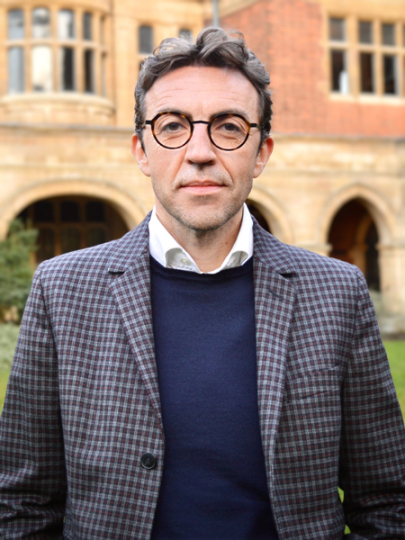 |
CNRS Research Director at the Charles Coulomb Laboratory in Montpellier, specialist in disordered systems, visiting professor at Cambridge University (UK).
Ludovic Berthier has introduced major new concepts and theoretical methods to the physics of glass systems, and was one of the first to explore the notion of effective temperature in non-equilibrium systems. He has participated in the numerical and experimental demonstration of dynamic heterogeneities in glasses, a concept that has revolutionized our understanding of these systems. His research draws heavily on the use of numerical techniques, in particular those he developed such as the Monte-Carlo swap algorithm. This method has made it possible, for the first time, to numerically study the physical properties of amorphous solids under conditions comparable to experiments. The results are impressive, and have earned him international recognition in his field. He was awarded an ERC Starting Grant in 2012 and is one of the principal investigators of the Simons Foundation project "Cracking the glass problem". |
Marie-Paule Besland, Laurent Cario, Benoît Corraze, Etienne Janod, Julien Tranchant (IMN, Nantes)
 |
Over the past 20 years, the group at the Institut des Matériaux de Nantes (CNRS, Université de Nantes), comprising Marie-Paule Besland, Laurent Cario, Benoît Corraze, Etienne Janod and Julien Tranchant, has designed, studied and exploited new Mott insulators with exceptional properties. These can become conductors with extremely fast transition times under the application of low-voltage electrical pulses.
This new type of electronics, known as "Mottronics", enables the production of Mott memories integrated as thin films on large substrates for information storage, or the manufacture of energy-saving neural networks for artificial intelligence.
This original work was carried out by a group of researchers (E. Janod, B. Corraze, M.P. Besland, J. Tranchant and L. Cario) at the crossroads of solid state chemistry, condensed matter physics and materials engineering. This group has made a name for itself both at fundamental level and in terms of innovation in Mott insulator-based memories and neurons.
For all their achievements, Marie-Paule Besland, Laurent Cario, Benoît Corraze, Etienne Janod and Julien Tranchant are the winners of the Félix Robin 2023 prize awarded by the Société Française de Physique. |
Vincent Bouchiat, Behnaz Djoharian (Grapheal, Grenoble), prix Yves Rocard 2023
 |
Vincent Bouchiat est Président, co-fondateur de la société Grapheal. Avant de co-fonder Grapheal en 2019, Vincent était chercheur au CNRS depuis 1997, d’abord à l’Université de la Méditerranée Marseille Luminy puis à l'Institut Néel à Grenoble. Ses travaux portent sur la synthèse des nanomatériaux et leurs applications pour l’électronique quantique. Diplômé de l'ESPCI en1993, il a soutenu sa thèse au CEA-Saclay en 1997 sur les circuits quantiques supraconducteurs. Il travaille sur les applications de l’électronique moléculaire pour la bioélectronique et la médecine depuis 2013.
|
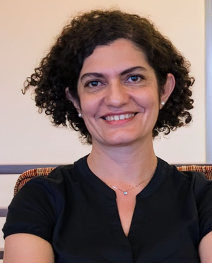 |
Behnaz Djoharian est Directrice du digital et des systèmes d’information et co-fondatrice de Grapheal. Diplômée de L'École nationale supérieure d'informatique et de mathématiques appliquées (ENSIMAG), elle s’est spécialisée dans le design et la programmation de systèmes embarqué. Avant de créer Grapheal, elle a participé en tant qu’ingénieure et cheffe de projet à la Recherche et au développement au sein de trois startups de la région Grenobloise depuis 1995.
|
Thomas W. Cornelius (IM2NP, Marseille)
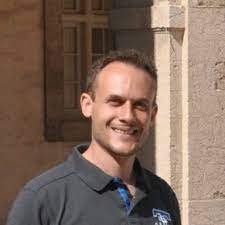 |
Thomas W. Cornelius is CNRS research director at the Institute for Materials, Microelectronics and Nanoscience of Provence (IM2NP) in Marseille. After his studies in physics and his PhD at the Ruprecht-Karls University in Heidelberg (Germany), he performed a postdoctoral fellowship at the GSI Helmholtz Center for heavy ion research in Darmstadt (Germany) followed by a postdoc at the ID01 beamline at the European Synchrotron ESRF in Grenoble before joining CNRS in 2011.
His research focuses on the nanomechanical properties of nanostructures and the structure-property relationship in functional materials at the nanoscale using synchrotron X-ray diffraction methods such as Bragg coherent X-ray diffraction imaging, which is a novel lensless imaging technique with unprecedented picometer displacement resolution, scanning X-ray diffraction microscopy, or Laue microdiffraction. He develops original in situ experiments allowing for investigating the strain response and plasticity in functional nanomaterials during the application of mechanical, electrical, or thermal actuation.
He was a member of the CNRS National Committee section 05 from 2016 to 2021. He currently manages the CNRS funded research network GDR CohereX on science with coherent X-rays at 3rd and 4th generation synchrotron sources.
|
Martien Den-Hertog (Institut Néel, Grenoble)
 |
Martien Den-Hertog, CNRS Research Director at the Institut Néel since 2022 (CR between 2010-2022), works on the characterization of nanometric devices. She obtained her master's degree in chemistry and physics from Utrecht University in 2005, and her doctorate in 2009 from Joseph Fourier University, Grenoble, on the transmission electron microscopy of nanostructures. She is interested in the structure-properties relationship of semiconductor nanowires using transmission electron microscopy (TEM), optical spectroscopy and electron transport, as well as in-situ TEM experiments. She was awarded an ERC Starting Grant e-See in October 2018. |
Wiebke Drenckhan (ICS, Strasbourg)
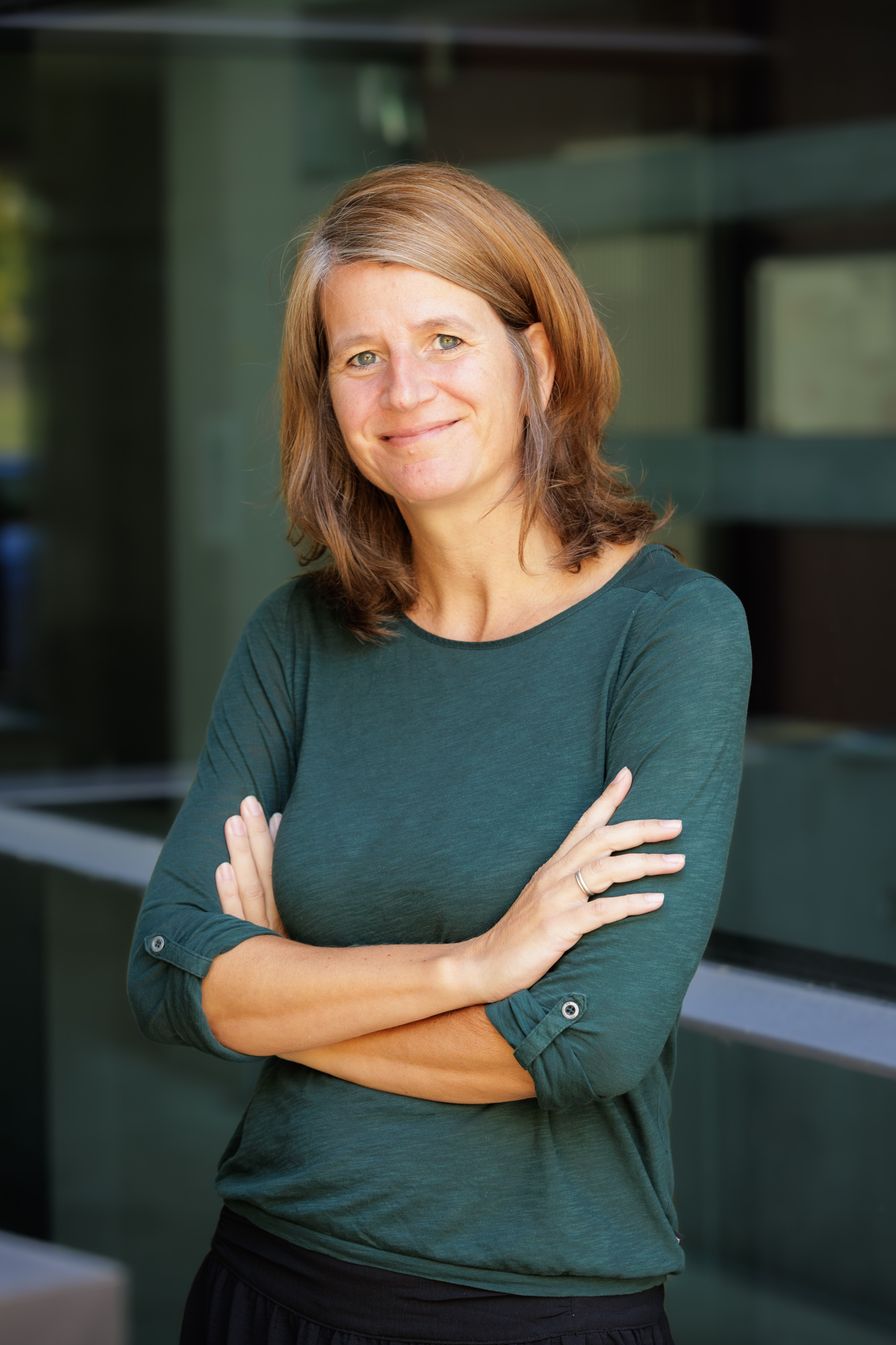 |
Wiebke Drenckhan is CNRS Research Director at the Institut Charles Sadron in Strasbourg, where she has settled after working at the Laboratoire de Physique des Solides in Orsay for 10 years. She obtained her PhD in 2004 from Trinity College Dublin, Ireland, after studying physics and mathematics in Germany and New Zealand. Her research activities lie at the interface between physics and physical chemistry, and aim to improve our understanding of dispersed systems - such as foams and emulsions - in the liquid or solid state (and especially in the states in between...). This particularly concerns their generation, stability and structure/property relationships. She is also actively involved in scientific mediation activities at the art/science interface. |
Ivan Favero (MPQ, Paris)
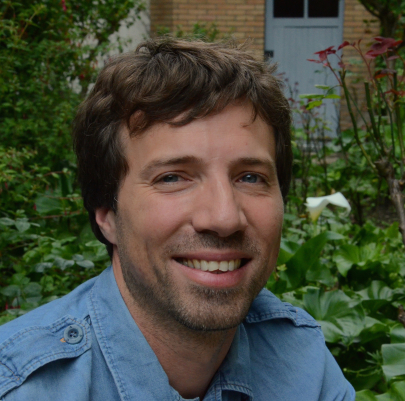 |
Ivan Favero, Director of Research at the Matériaux et Phénomènes Quantiques laboratory of Université Paris Cité and CNRS, studies the interaction between light and nanomechanical systems. His research lies at the frontier between optics, condensed matter, quantum physics, engineering and nanotechnology. With the aim of better controlling the coupling between photons and mechanical vibrations, his team has developed numerous artificial structures now nano-manufactured on semiconductors, benefiting from the technological advantages of integrated nano-photonics. Original devices and instruments have emerged from this work, making it possible to locally measure matter, whether solid, soft or liquid, on time scales and in configurations that were previously difficult to explore. |
Michel Hehn (IJL, Nancy)
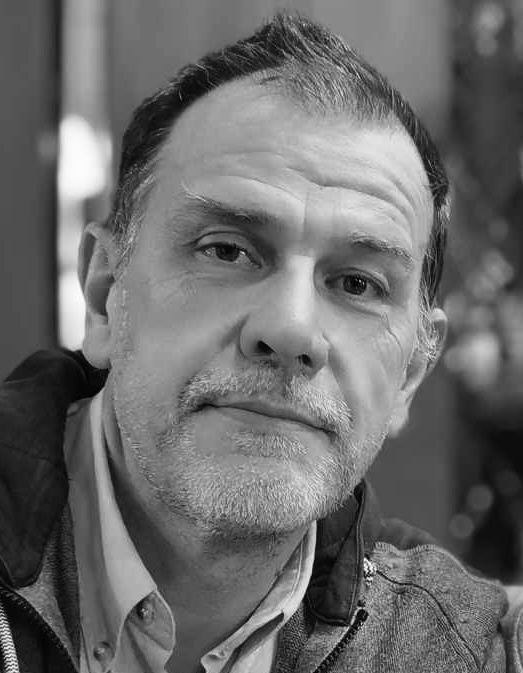 |
Michel Hehn is Professor at the University of Lorraine. His career has been devoted to nano-magnetism and spin-dependent electronic transport in a wide variety of multilayer magnetic nanostructures. In the past, he has made significant contributions to the study of magnetic tunnel junctions, with application results (ASB sensor for the automotive industry), magnetic textures and inter- and intra-nanostructure magnetic couplings. Over the past 10 years, combining fundamental science and technological know-how, he has tackled the physics of spin-polarized hot electron transport and magnetization reversal on the femtosecond scale. Through the gradual, controlled development of complex multilayers, he and his colleagues at Nancy's Institut Jean Lamour demonstrated that the magnetization of a nanostructure could be reversed, without a magnetic field, by a single ultra-brief laser pulse in a wide variety of magnetic materials. He was appointed Membre de l'Institut Universitaire de France in both 2008 and 2018. He was awarded the 2010 Yves Rocard Prize by the Société Française de Physique for the invention and technological development of "A new generation of magnetic sensors for ASB of the company SNR ".
|
Amélie Juhin (IMPMC, Paris)
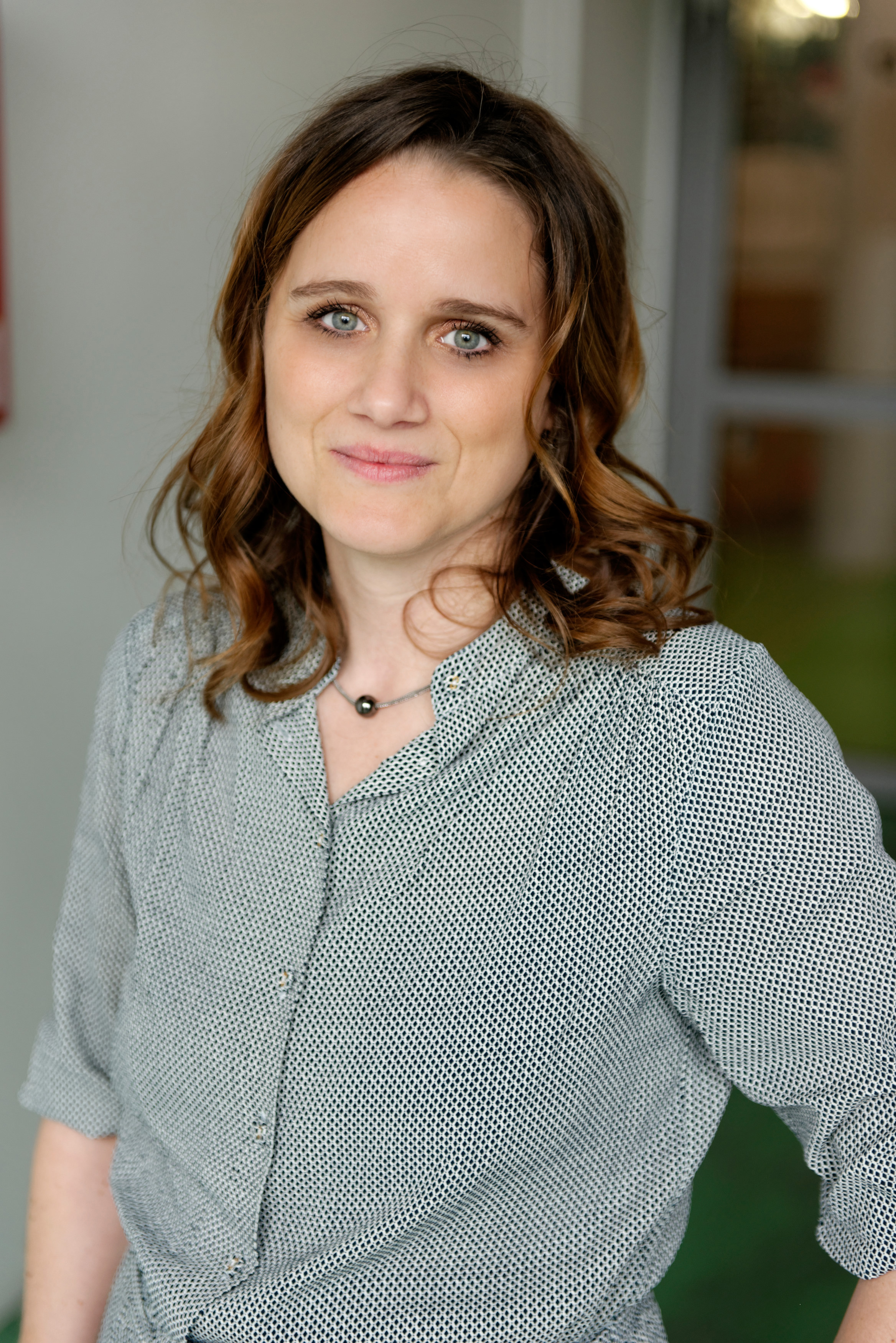 |
Amélie Juhin is CNRS Research Director at the Institut de Minéralogie, de Physique des Matériaux et de Cosmochimie in Paris. A specialist in synchrotron-based core spectroscopy using polarized X-rays, she has contributed to the development of a new high-energy magnetic spectroscopy. With her team, she studies magnetic materials with remarkable properties, such as magnet molecules, magnetic liquids and biogenic nano-oxides, while developing methodological aspects in the field of X-ray dichroism. The originality of her approach is to combine experiments on large-scale instruments, simulations and theoretical developments. Amélie Juhin has been awarded the Prix Ancel 2022 by the Société Française de Physique. |
Véronique Lazarus (ENSTA, Palaiseau)
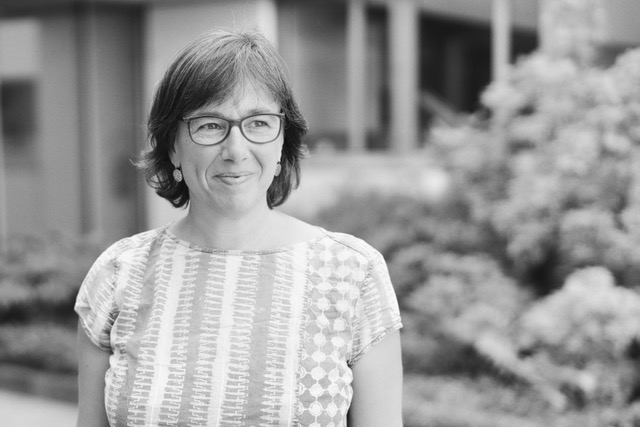 |
Véronique Lazarus is currently professor at ENSTA/Institut Polytechnique de Paris and researcher at the Institut des Sciences de la Mécanique et Applications Industrielles (IMSIA, UMR CNRS, EdF, CEA, ENSTA Paris). She is interested in crack propagation in the context of the mechanics/physics of brittle fracture. She seeks to understand and predict when and how cracks propagate. Its approach is based on theoretical continuum mechanics, a focus on the physics of the phenomena involved, and a close dialogue between experimental and numerical simulations.
This approach at the frontier of several disciplines and skills is the fruit of a career path that began in Paris in 1994 at the Laboratoire de Modélisation en Mécanique (since integrated into the Institut Jean d'Alembert), where she acquired a solid theoretical foundation by developing mathematical and numerical models in fracture mechanics. From 2007 to 2017, thanks to her move to the Fluides, Automatique et Systèmes Thermiques laboratory (FAST, UMR Univ Paris Sud/CNRS), she got closer to physicists and experimentalists, and initiated new projects there, in particular on multi-cracking problems arising during the drying of colloidal suspensions.
Following on from this career path, she is currently coordinating several projects in collaboration with academic and industrial partners, aimed at taking better account of certain complex mechanical loadings (mode III in particular), anisotropy and material heterogeneities. It has gained international recognition for its innovative models, which enable us to quantify in detail (i) certain complex, three-dimensional aspects of crack geometry and (ii) their impact on fracture toughness, which are still major scientific hurdles today. Societal challenges range from the reliability of sensitive components (nuclear, aeronautical, etc.) to a reduction in their carbon footprint.
|
Laurent Lombez (LPCNO, Toulouse)
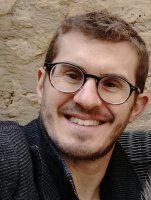 |
aurent Lombez is a CNRS researcher at the Laboratoire de Physique et Chimie des Nano-Objets (LPCNO). After completing his PhD at INSA Toulouse on electrical and optical spin injection in semiconductor nanostructures, he moved to the University of Cambridge, where he completed a two-year postdoc at the Cavendish Laboratory on the optical spectroscopy of color centers in diamond. After 2009, he worked at the IPVF in Palaiseau as a CNRS researcher, where he developed a multidimensional optical platform (time- and spectrum-resolved luminescence images) to characterize photovoltaic materials and devices. Since September 2019, he has been working at the LPCNO where his main interest is the study and control of transport properties in order to develop materials and devices for optoelectronics as well as spin(valley)tronics.
Following on from this career path, she is currently coordinating several projects in collaboration with academic and industrial partners, aimed at taking better account of certain complex mechanical loadings (mode III in particular), anisotropy and material heterogeneities. It has gained international recognition for its innovative models, which enable us to quantify in detail (i) certain complex, three-dimensional aspects of crack geometry and (ii) their impact on fracture toughness, which are still major scientific hurdles today. Societal challenges range from the reliability of sensitive components (nuclear, aeronautical, etc.) to a reduction in their carbon footprint. |
Freek Massee (LPS, Paris-Saclay)
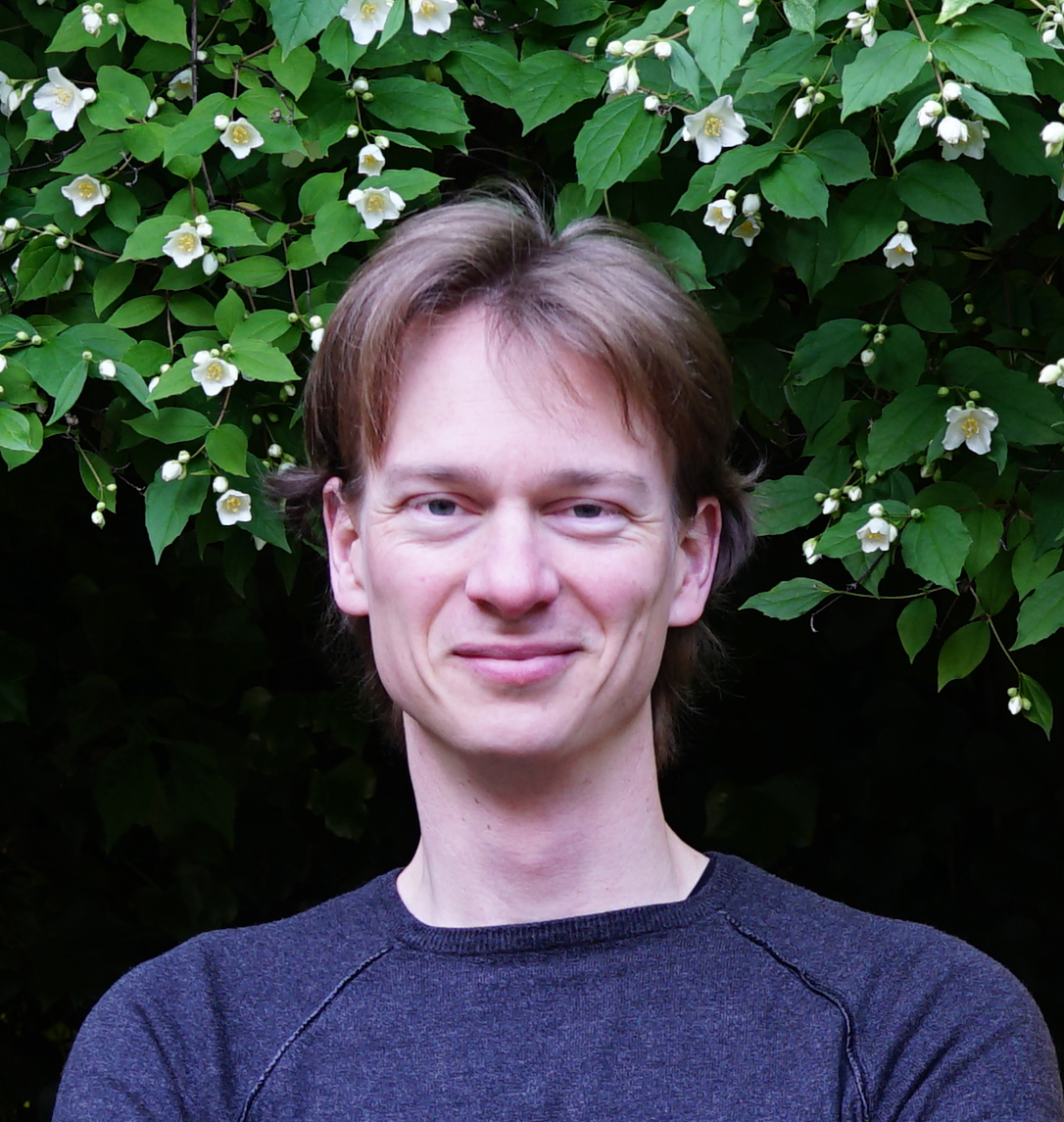 |
Freek Massee, CNRS condensed matter experimentalist at the Laboratoire de Physique des Solides in Orsay since 2015 (CR since 2017). He obtained his PhD in physics at the University of Amsterdam in 2011 followed by a postdoc at Cornell University, in both cases focussing on the atomic scale study of unconventional superconductors and related correlated electron systems. At the LPS he built a scanning tunnelling microscope (STM) that can detect both the conventional average current as well as current noise, enabling new insights into dynamics at the atomic scale. He received the CNRS Bronze medal in 2021. |
Frédéric Milla (EPFL, Lausanne)
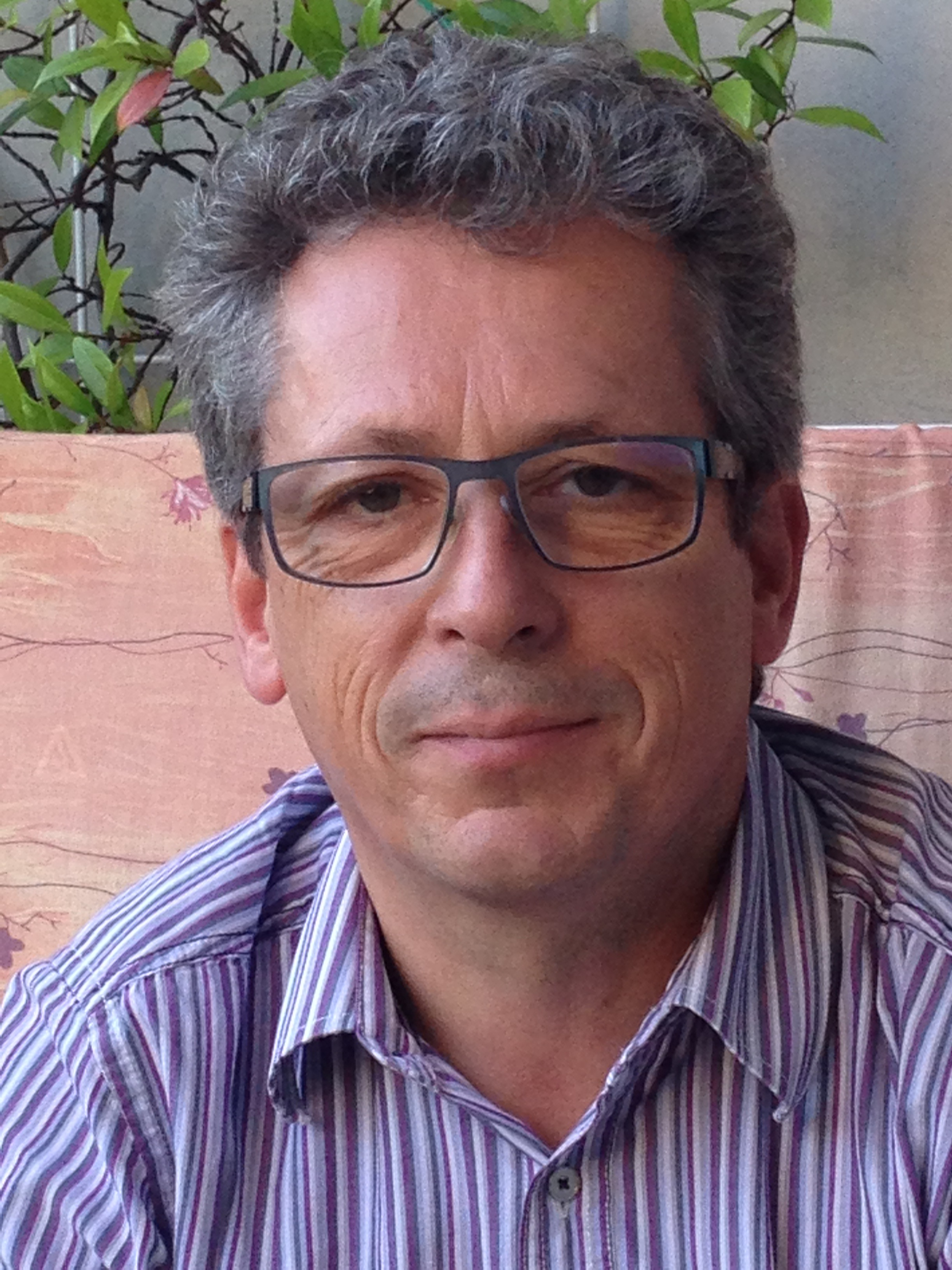 |
Frédéric Mila is a condensed matter theorist at EPFL. His PhD in Saclay on surface phonons was partly experimental, and since then most of the problems he has worked on have been motivated or inspired by experiments. During his first post-doc at ETH Zürich with Maurice Rice, he developed a model of the hyperfine coupling between the spins located at the copper site and the neighbouring oxygen ions in high-temperature superconducting cuprates. This model led to predictions that were shortly after confirmed by NMR experiments done in the group of Charles Slichter, a result that landed direct support to the one-band description of these materials, and to the role of magnetic fluctuations. He then started to work on the magnetic properties of Mott insulators, first as a post-doc (Rutgers and Neuchâtel), then as a chargé de recherche at CNRS in Toulouse. He came up with a microscopic theory of the low-lying singlets of the kagome spin-1/2 Heisenberg model, supporting the scenario of a resonating-valence bond (RVB) ground state in that system. He also showed that the spin-1/2 ladder has a 1/2-magnetisation plateau if the inter-dimer coupling is frustrated, opening the way to the experimental investigation of magnetization plateaus in Mott insulators. In parallel, motivated by the properties of Mott insulators with orbital degeneracy, he started to work on SU(N) model, an endeavour that led years later, in collaboration with a colleague from Canada, Ian Affleck. to the generalisation of Haldane’s conjecture to SU(3). Since he came to Lausanne in 2000, Frédéric Mila has become a leading figure in the field of frustrated magnetism. Thanks to extensive collaborations with experimental groups in France, Switzerland, Japan and the US, he has contributed to the identification of a remarkable series of magnetization plateaus in a 2D cuprate, SrCu2(BO3)2, and to the explanation of another remarkable property of that system, a critical point analog to that of water. In 2005, he took part in the creation of the “Highly Frustrated Magnet” program of the European Science Foundation and sat on its steering committee until 2011. In 2007, he organised a summer school and workshop on Highly Frustrated Magnets at ICTP Trieste, and in 2011, with two French colleagues, he co-edited the reference book on Highly Frustrated Magnets (Springer). |
Cécile Monteux (SIMM, Paris)
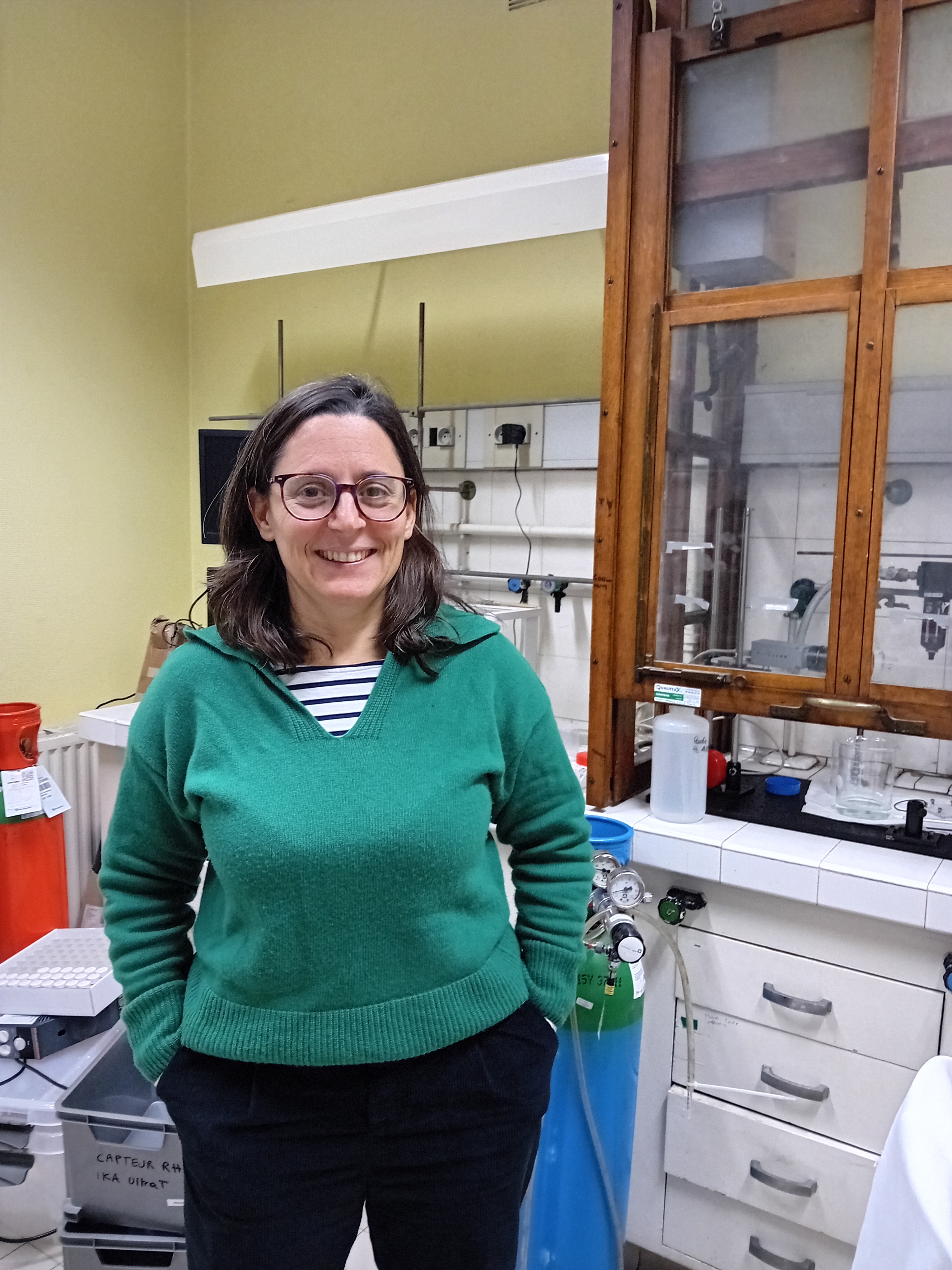 |
Cécile Monteux trained as a chemical engineer, before completing a master's degree in 'physics of liquids'. After a PhD at ENS on the adsorption and interfacial rheology of polyelectrolyte/surfactant mixtures, she did a postdoc at Stanford on colloid-coated interfaces, then at the SIMM at ESPCI, where she worked on wetting and drying. In 2007, she was appointed a research fellow at SIMM, before becoming research director in 2020. Her research focuses on reactive liquid interfaces at the interface between materials chemistry and hydrodynamics, and seeks to understand how perturbations in the dynamics of surfactant molecules control interfacial flows and the macroscopic properties of foams and emulsions. For example, she has studied photostimulable surfactants whose reaction with light causes multiple flows in liquid films and foams until they destabilize; more recently, she has shown that the assembly of polymers at liquid interfaces by non-covalent bonds makes it possible to control interfacial rheology and thus the stability and deformation of drops in microfluidic flows. She is currently extending these ideas of interfacial reactivity to emulsion systems in which the continuous phase solidifies by freezing, and to chemical reactions using bubble gas to oxidize metals. |
Magali Putero (IM2NP, Marseille)
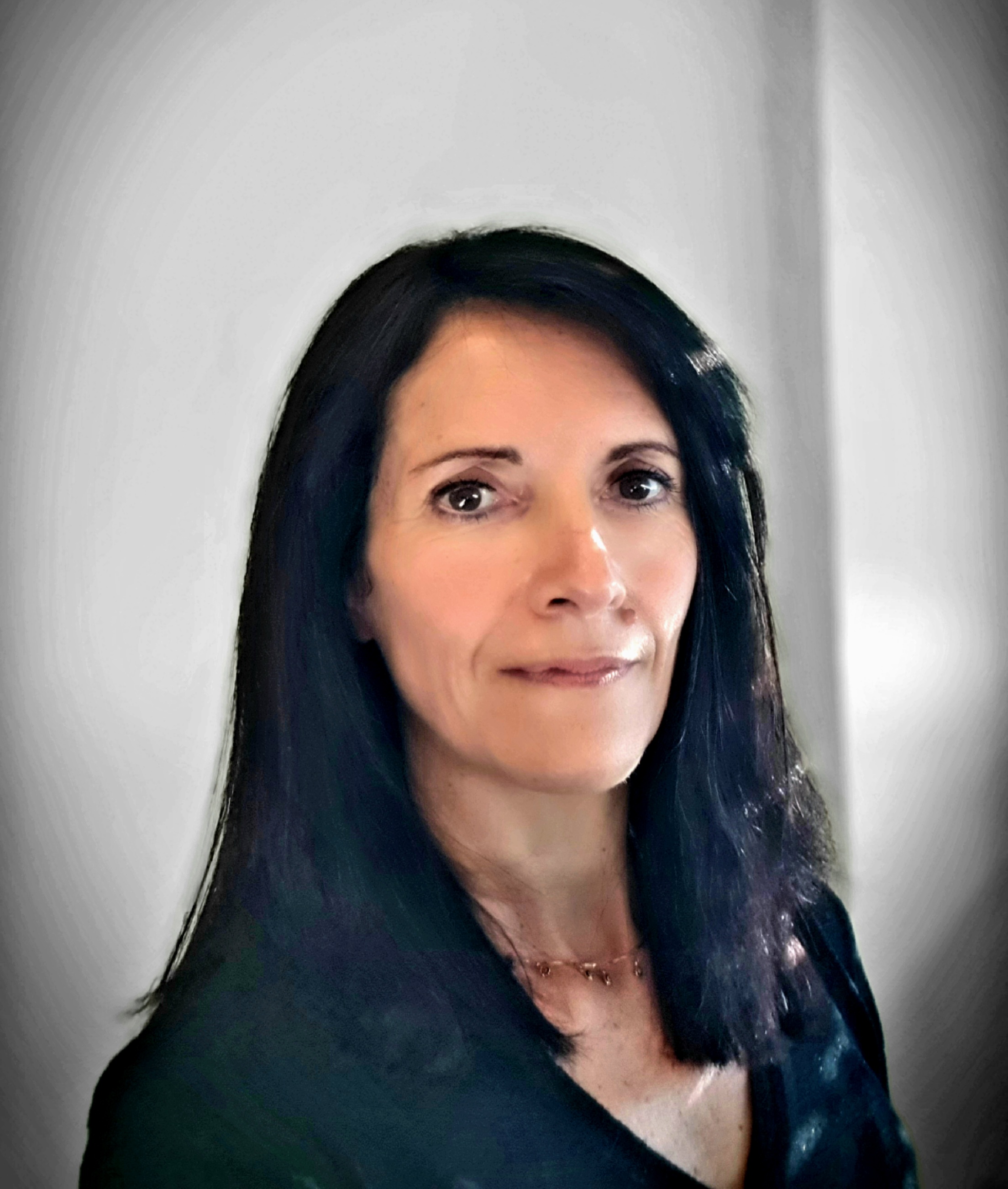 |
agali Putero is a professor at Aix-Marseille University (France) and co-leader of the Reactivity and Diffusion at Interfaces (RDI) team at the Institut des Matériaux Microélectronique Nanosciences de Provence (IM2NP-CNRS). An experimental physicist, she specializes in the study of charge transfer properties of materials for microelectronics, and the mechanisms of phase transitions and associated solid-state reactions. She is also developing X-ray diffraction and reflectivity (XRD, XRR) analysis techniques, adapted to synchrotron or laboratory sources, and coupled in and ex situ with electrical resistivity measurements. It is renowned for its work on materials used in emerging phase-change memories (PCRAM) or filament memories (CBRAM). It is in this area (phase-change materials) that she coordinates SOW-GST contracts in collaboration with STMicroelectronics. She is also co-coordinator of a GT of the CNRS Microelectronics Initiative and of the advanced characterization axis of the GDR Chalco. More recently, her research has turned to the realization of active optical metasurfaces, combining her expertise in phase-change materials with dielectric metasurfaces produced by nanoimprint lithography (NIL) in collaboration with start-up Solnil. |
Benoît Roman (PMMH, Paris)
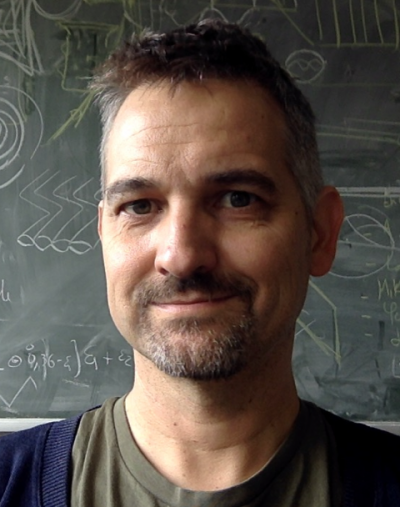 |
Benoît Roman is Director of Research at the CNRS and works in the Physics and Mechanics of Heterogeneous Media laboratory in the MecaWet team with José Bico and Etienne Reyssat.
He is interested in elastocapillary phenomena coupling deformation of slender structures (rods and plates) and surface tension, from the coalescence of wet hair to capillary origami. He also studies tear mechanics to describe the patterns of torn posters or predict the rupture paths of brittle thin plates. More recently, he has drawn inspiration from biological morphogenesis to build structures capable of changing shape and reconfiguring themselves by coupling geometry and instabilities in active materials.
Benoît Roman is also involved in transmitting science to the general public, and co-authored the book "Du merveilleux caché dans le quotidien, la physique de l'élégance" (Flammarion). He headed the GDR MePhy, which fosters links between the physics and mechanics communities, and is interested in their dialogue with other disciplines such as computer graphics and design. |
Cécile Sykes (LPENS, Paris)
 |
Cécile Sykes is a research director at the CNRS. A solid-state physicist by training (PhD in semiconductor physics), she did a post-doc in soft matter in partnership with Rhône-Poulenc (Rhodia) on the stability of liquid thin films. She joined the CNRS in 1992, and in the late 90s became interested in applying soft matter physics concepts to living systems at the Institut Curie in Paris. With her team, she designed biomimetic systems for cell motility, elucidating the physical and mechanical mechanisms of force production and deformation by actin biopolymer assembly. Since 2021, at ENS Paris, Cécile Sykes has been studying the deformation of the nucleus by the cytoskeleton during confined cell migration. Cécile Sykes has taught statistical physics and the physics of biological polymers at the Ecole Polytechnique, and is a scientific delegate at CNRS Physique. |
Anne Tanguy (ONERA)
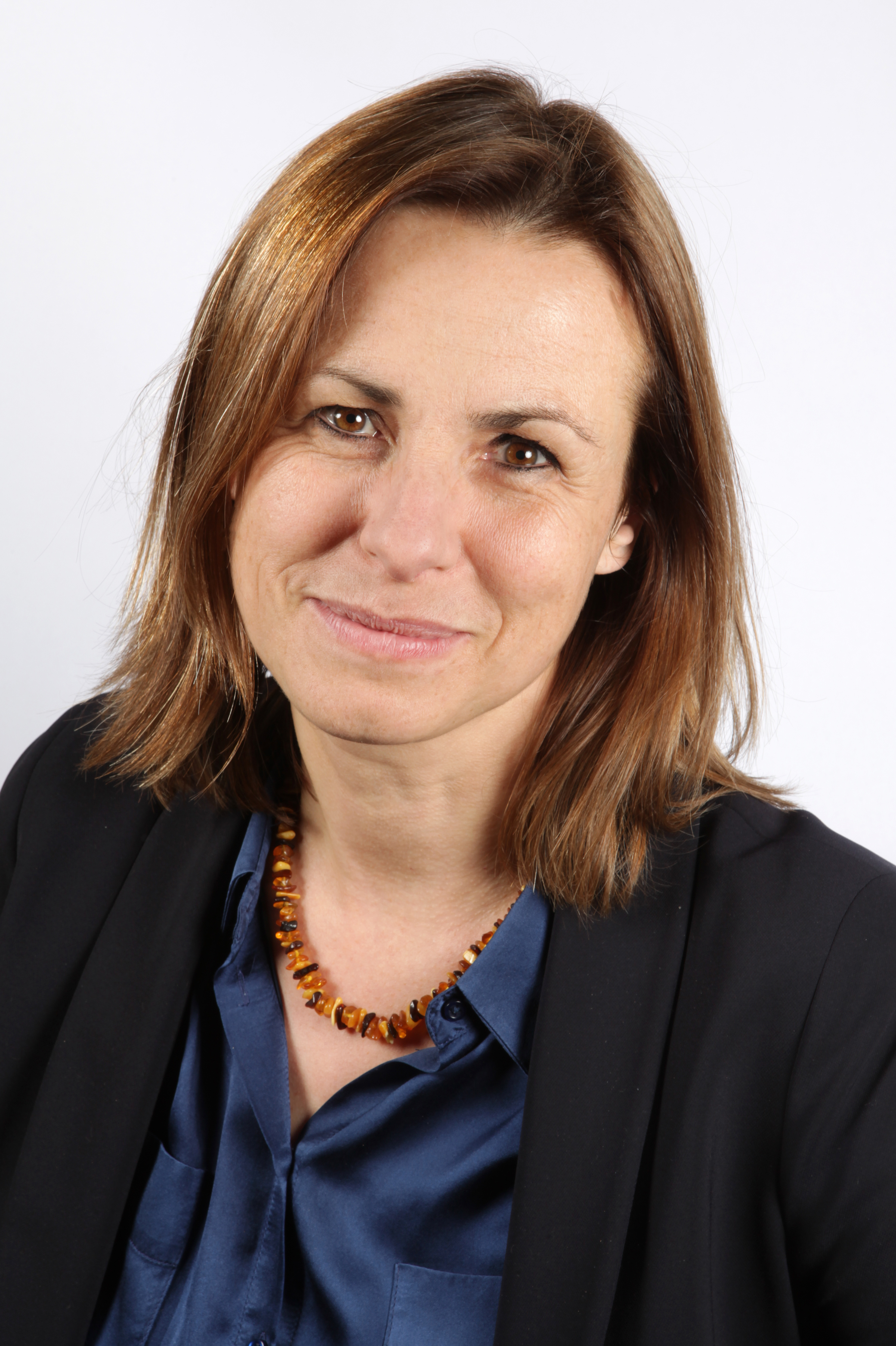 |
Anne Tanguy has been Scientific Director of ONERA's Materials and Structures Domain since February 2020. A graduate of the Ecole Polytechnique, she has been Professor of Mechanical Engineering at INSA Lyon's LaMCoS laboratory since 2015, after leading a group on multi-scale analysis of the mechanical response of solid materials at the Institut Lumière-Matière at the University of Lyon 1. After a thesis on the study of friction between rough surfaces, she has been working for some twenty years on the theoretical and numerical study of the elasto-plastic, vibratory and thermal response of amorphous materials - mainly glasses - and disordered systems, and more generally on the physical origin of thermo-mechanical behavior laws based on molecular dynamics calculations, and their implementation in structural calculations. She has led several ANR/Regional/European projects on small-scale dissipation mechanisms and heterogeneous mechanical response in glasses, involving several companies including Saint-Gobain, with whom the MATILDE laboratory has just been set up at INSA. She has written some fifty articles, with a total of almost 4,000 citations. |
Emmanuelle Tsitrone (IRFM-CEA, Cadarache)
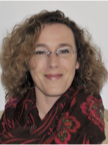 |
Emmanuelle Tsitrone is an expert in plasma-wall interactions in controlled fusion machines, working at the Institut de Recherche sur la Fusion Magnétique (IRFM) of the Direction de la Recherche Fondamentale (DRF) at the Commissariat à l'Energie Atomique et aux Energies Alternatives (CEA). After studying general engineering, she discovered plasma physics during a one-year stay at Cornell University (USA). She obtained her PhD in plasma physics in 1995 (IRFM/Université d'Aix-Marseille), then specialized in the interactions between plasma and the walls of fusion machines, conducting experiments on the WEST tokamak, operated by the IRFM, as well as on the European tokamak JET (UK). In particular, she is working on the retention of hydrogen isotopes (the fuel for fusion) in the various materials used for plasma components (carbon, tungsten in particular). Halfway between engineering and physics, she is interested in the problems of integration between plasma and components, which are among the challenges to be resolved on the way to a future controlled fusion reactor. For the past 15 years, she has been helping to coordinate the community's efforts in this field within various structures, both at European and international level. Within the EUROfusion consortium, she is currently coordinating the Task Force steering the scientific program for the 5 European fusion machines currently in operation. |
Annie Viallat (CINAM, Marseille)
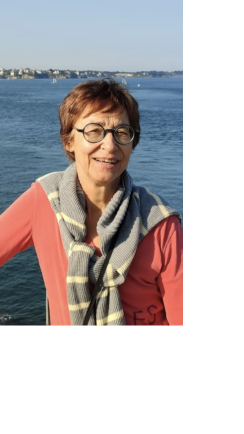 |
Annie Viallat is a research director at the CNRS. An engineer from Ecole Polytechnique (Paris, France), she obtained her PhD in physics from the University of Grenoble (France) in 1987, which focused on polymer gels and NMR. After a post-doc on conductive polymer theory at the Department of Materials (University of California, Santa Barbara), she joined the Physical Spectrometry Laboratory (Grenoble) in 1989, where she studied polymer gels and heterogeneous polymer solutions. Her research turned to the physics of living systems in 1999. From 2005 to 2015, she led a group in Marseille at the Adhesion and Inflammation Laboratory on the dynamics of vesicle and blood cell microflows. Since 2016, she has headed the "Physics and Engineering for the Living" department at CINaM (Marseille). She is interested in biological fluids and in questions of optimization and robustness of flows in biological systems. Her work focuses on active matter, ciliated epithelia and mucociliary clearance, and on the circulation of blood cells in the microvascular network and in the spleen, in particular the microcirculation of sickle cell red blood cells.
|
|
























